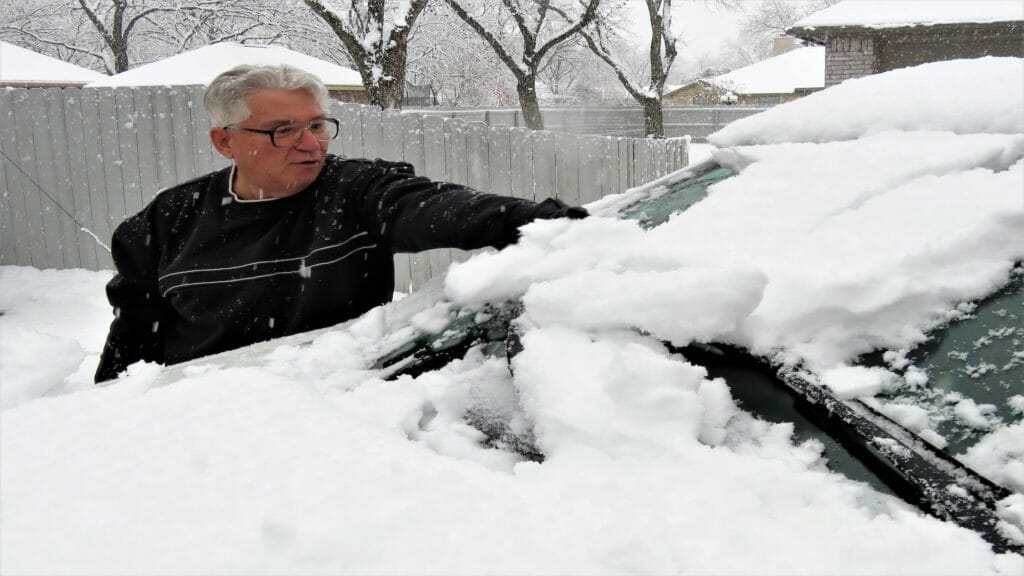
Federal, state and local government agencies should require assisted living providers to improve disaster planning, increase transparency and have emergency backup power, recommends a new Senate report highlighting emergency preparedness issues in the long-term care industry.
Senate Finance Committee Chair Ron Wyden (D-OR) and Senate Special Committee on Aging Chair Bob Casey (D-PA) on Wednesday released “Left in the Dark,” an investigative report looking at how assisted living communities and nursing facilities weathered a winter storm in 2021 that led to widespread blackouts across Texas.
“This report is a case study of just one in an increasing number of circumstances where elderly or infirm Americans are subjected to difficult conditions due to severe weather,” Wyden said in a statement. “Whether it’s a winter storm, hurricane or wildfire, more must be done to ensure long-term care facilities are adequately prepared to handle these events and care for their residents.”
The report identifies extreme weather events — including wildfires, tornadoes, ice storms and floods — that occurred in 17 states since 2018 that forced long-term care facilities to evacuate damaged buildings or that led to resident injuries and deaths.
Give long-term residents a seat at the table
Based on the report’s findings, the committees recommended that federal, state and local governments give residents a seat at the table in emergency planning, response, mitigation, management and recovery. They also called for passage of the Real Emergency Access for Aging and Disability Inclusion (REAADI) for Disasters Act, which is scheduled to be re-introduced next month.
The committee also recommended that states consider emergency power requirements for assisted living and other residential care settings, as well as better emergency communications between assisted living communities and nursing homes and state and local authorities.
In addition, they recommended that government officials and power providers re-examine power restoration priority protocols, with specific consideration of at-risk populations, including assisted living community and nursing home residents.
“This report should serve as a warning sign — as we experience more frequent and catastrophic climate disasters, long-term care facilities must be better prepared to protect residents living there,” Casey said in a statement.
Storm’s effects on assisted living
According to the report, residents of assisted living communities and nursing homes in Texas were hit hard by the direct and indirect effects of the 2021 blackout, including widespread water system failures that left almost half the state’s residents without access to potable water.
At least 1,400 residents from a collective 56 assisted living communities and 27 nursing homes were evacuated during the 2021 winter storm, according to data provided by Texas Health & Human Services Commission and the Texas Long-Term Care Ombudsman. Some of those assisted living residents were evaluated to homeless shelters and churches.
At least two assisted living residents reportedly died during the blackout. And despite the increasing frequency of power outages, most states do not require assisted living providers to maintain backup power.
An August 2022 report by the Texas Health and Human Services Commission showed that although the majority of long-term care facilities reported having generators on hand, 75% had three days or less of fuel available. The survey also found that 67% of generators at assisted living communities, and 56% at nursing homes, could heat at least part of the facility, whereas 63% of generators at assisted living communities and 51% of generators at nursing homes could cool at least part of the facility.
After the storm, state Rep. Ed Thompson (R-Pearland) introduced legislation that would have required generators in assisted living communities and nursing homes. Maryland adopted similar policies in 2006 following Hurricane Isabel, which left more than 1.2 million people without power in 2003.
The lack of sufficient backup power was again an issue during the first week of February when Austin, TX, area assisted living communities and nursing homes were among the tens of thousands of customers who lost electricity following an ice storm, according to the report.


